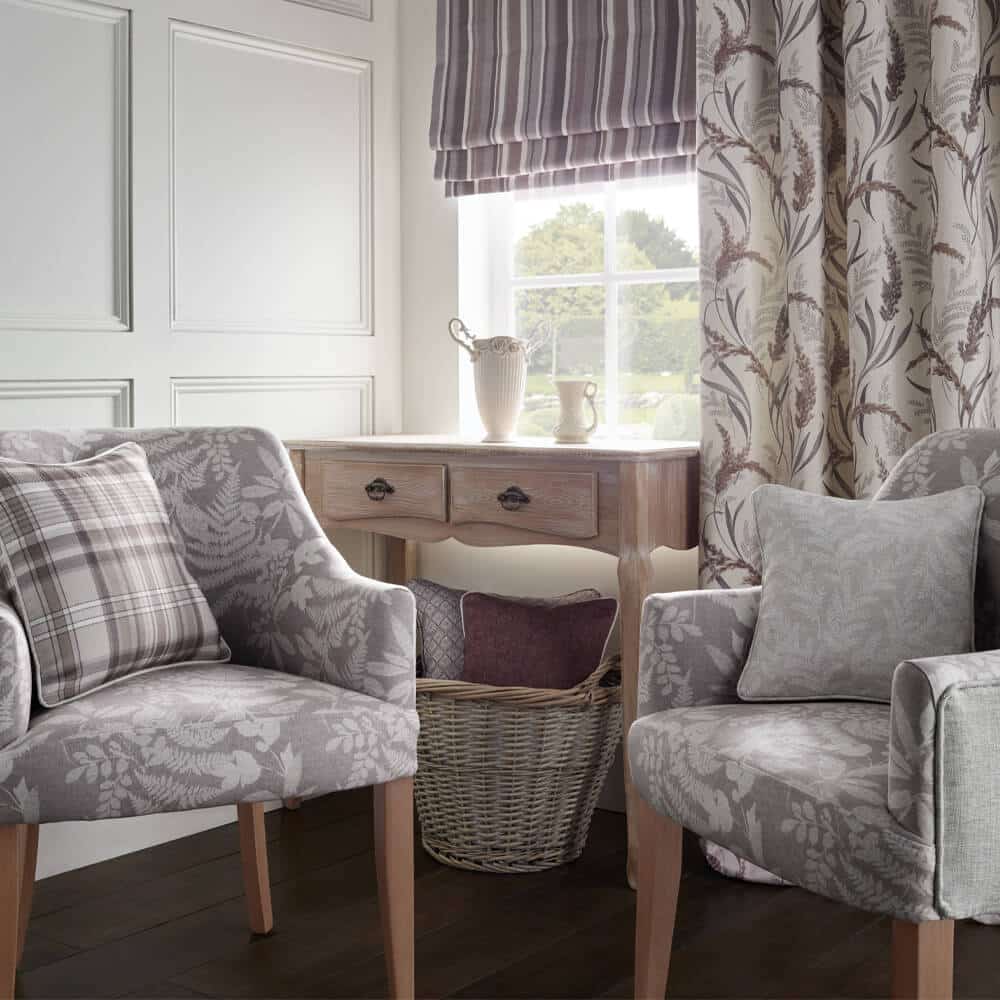
Prioritising Comfort in Every Choice
Comfort in care homes is not a luxury; it's a necessity. Residents often spend extended periods sitting or resting, making the need for supportive furniture paramount. Ergonomically designed chairs and beds play a crucial role in this, offering the necessary support to alleviate pressure points and reduce the risk of discomfort. Additionally, the choice of materials is vital. Fabrics should be soft yet strong, and padding should be plentiful and robust. By concentrating on comfort in every furniture decision, care homes can substantially improve the daily lives of their residents.
Choosing Sturdy and Robust Furnishings
The furniture in care homes is in constant use, necessitating a level of durability that can withstand the demands of daily life. It is not just about picking furniture that is sturdy; it’s about finding pieces that merge durability with comfort. Furniture should be able to withstand spills and stains, and should keep its integrity even after repeated cleaning. The investment high-quality, durable furnishings ultimately reaps benefits in the long term, as it minimizes the need for regular replacements and guarantees that residents always have access to furniture that is in superb condition.
Usability Joins Forces with Flexibility
Care homes attend to a diverse range of residents, each with their own unique needs and preferences. Furniture that is modifiable and easy to move is crucial in fulfilling these varied requirements. Chairs with adjustable heights, tables on wheels, and beds that can be easily adjusted all add to a more adaptable living space. This flexibility ensures that every resident, irrespective of their mobility level, can use and use the furniture comfortably and safely.
Forming a Welcoming Atmosphere with Aesthetics
The visual appeal of furniture plays a major role in creating a welcoming and welcoming atmosphere within care homes. Furniture should not only be practical but also pleasing to the eye, participating to a uplifting and uplifting environment. The choice of colours, patterns, and styles can all play a part in this, and care homes should work to choose furnishings that resonate with the preferences and interests of their residents. Creating an artistically appealing living space goes a long way in enhancing the total wellbeing of residents.
Guaranteeing Safety in Every Selection
Safety is a top consideration in the choice of care home furniture. Features such as anti-tip designs, rounded corners, and flame-retardant materials are vital in minimizing risks and ensuring that the living environment is as protected as possible. Furthermore, furniture should be stable and secure, providing residents with assurance as they go about their daily activities. By placing safety at the forefront of furniture picking, care homes can create a secure living space that gives both residents and their families peace of mind.
Choosing Easy-to-Clean and Hygienic Options
In care settings, upholding a high level of cleanliness is crucial. Furniture should be easy to clean and immune to bacteria, ensuring that the living environment remains sanitary and safe. Choosing for furniture with few crevices and readily wipeable surfaces can greatly decrease the risk of germ accumulation and make the cleaning process more expedient. By focusing on hygiene in furniture choices, care homes add to the total health and wellbeing of their residents.
Maximising Space with Versatile Furniture
Space efficiency is a key consideration in care homes, where every square metre counts. Multifunctional furniture that serves more than one purpose can be a revolution in optimising available space. Beds with built-in storage, extendable tables, and modular seating options all offer flexibility while making sure that residents have access to everything they need. By picking furniture that is both compact and adaptable, care homes can create a living space that is functional, comfortable, and space-efficient.
Centering on Resident-Centric Decisions
In the end, the picking of furniture in care homes should be driven by the needs and preferences of the residents. It’s about making a living space that is not just safe and comfortable but also rewarding and inclusive. By taking into account the components highlighted above, care homes can make informed decisions that boost the quality of life for their residents, resulting in a living environment that truly feels like home.
Conclusion: Crafting a Welcoming and Safe Haven
In conclusion, the furniture in a care home has a vital role in shaping the living experience of residents. By focusing on comfort, durability, functionality, aesthetics, safety, hygiene, and space efficiency, care homes can create a living space that fulfills the diverse needs of their residents. The result is a nurturing environment that not only supports the physical wellbeing of residents but also improves their total quality of life.
Discover additional information when clicking on the link to visit the site today - care home furniture suppliers.